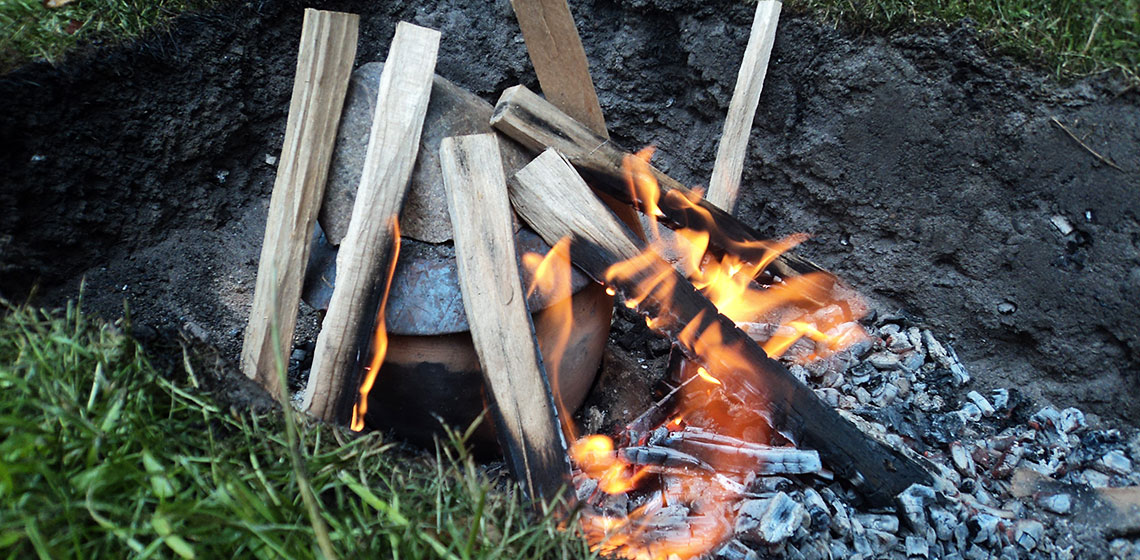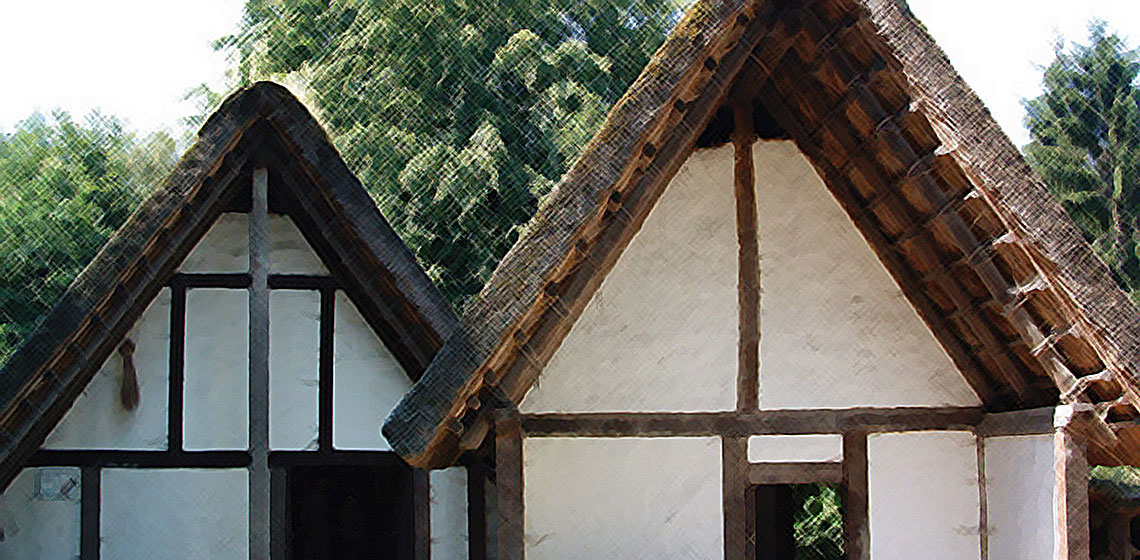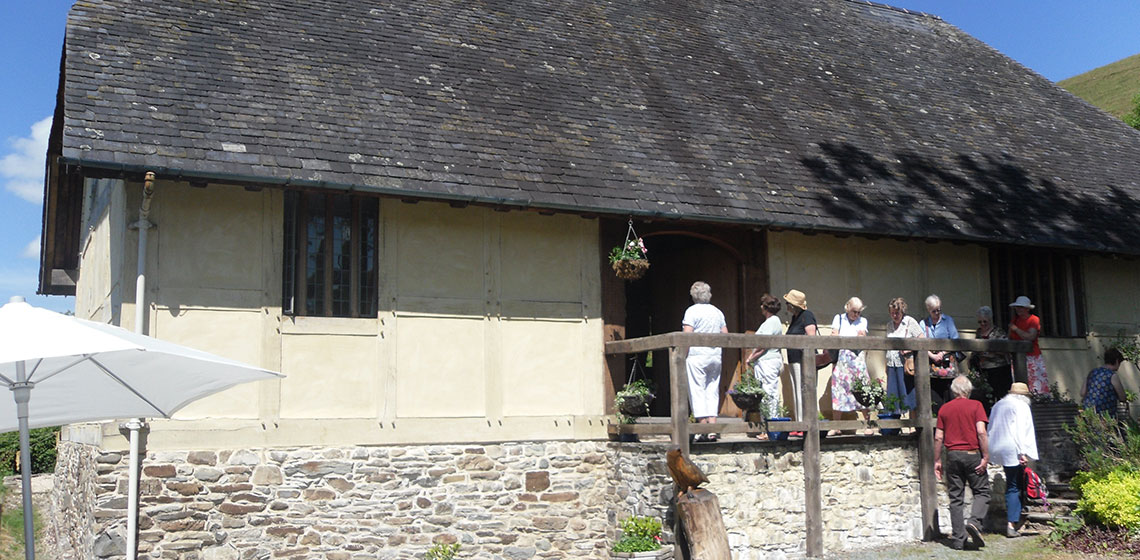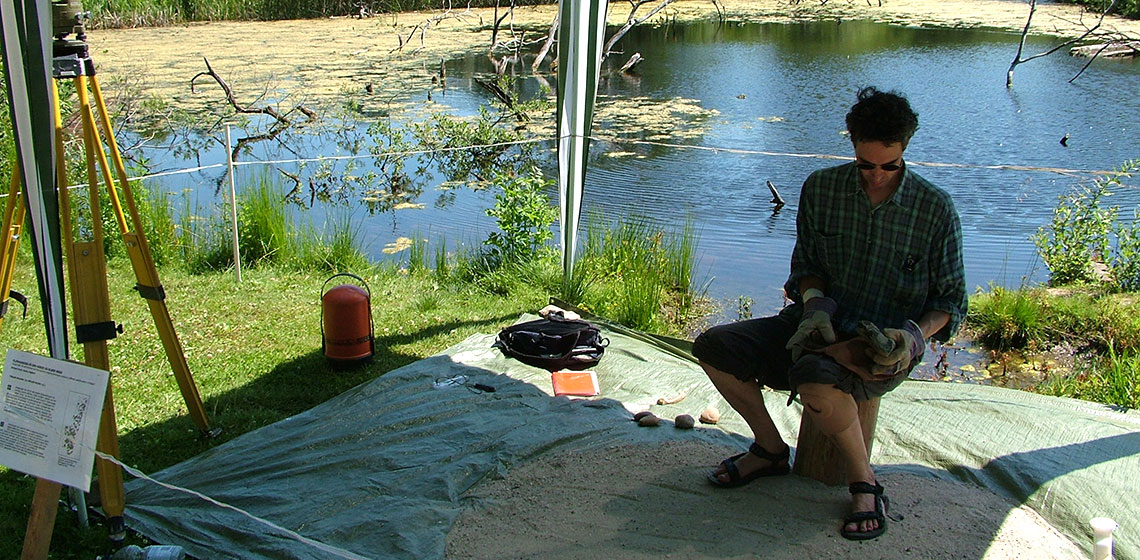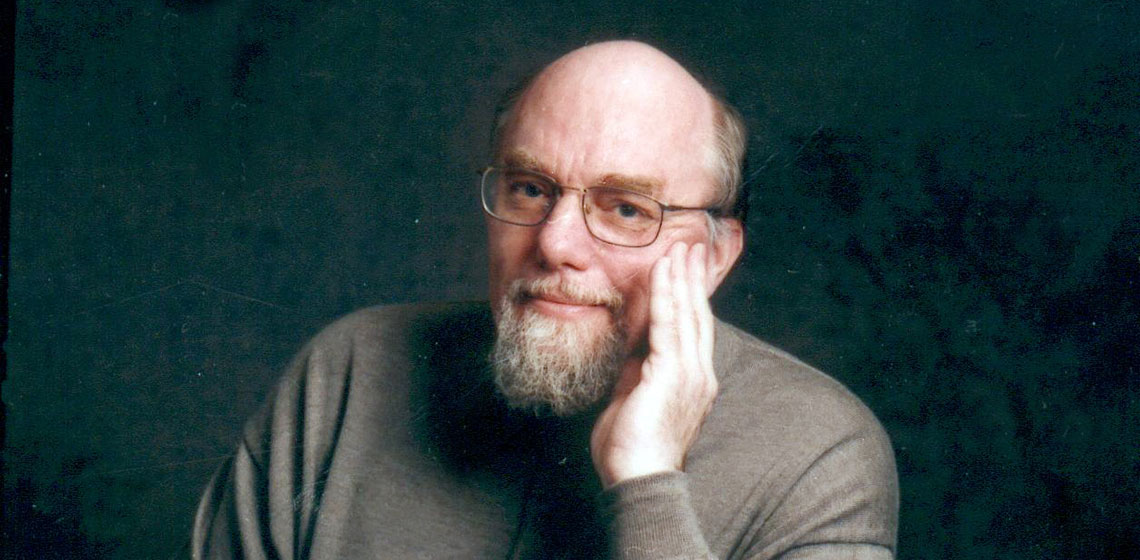methodology
Discussion: Experimental versus Experiential Archaeology
Obituary: in Memory of Otto Harsema (11 September 1939 - 8 September 2013)
Aspects on Realizing House Reconstructions: a Scandinavian Perspective
1987 ESF Proceedings
The 1980s was the beginning of a boom in the construction of archaeologically inspired buildings inside and outside archaeological open-air museums.
***Experiments are an integrated part of archaeological research, a tool used to analyse and understand archaeological phenomena. It is a method as legitimate and as problematic as so many others. The reconstruction of wooden buildings is a main branch of experimental archaeology.
Authenticity is Fiction? Relicts, Narration and Hermeneutics
Discussion: Archaeological Reconstruction in Situ
The Experiment and the Umbrella - 10 Years of Experimental Archaeology
Interview: Sensing History with Hans-Ole Hansen
An interview with Hans-Ole Hansen, founding father of the Lejre Research Centre (DK), historical workshops and inspirer to many.
"In Lejre, we worked 30 years with education and experiment. There is always an exchange between education and research."...
The Scientific Basis for the Reconstruction of Prehistoric and Protohistoric Houses
1987 ESF Proceedings
The 1980s was the beginning of a boom in the construction of archaeologically inspired buildings inside and outside archaeological open-air museums.
***The purpose of this paper was to explore the scientific basis of building reconstructions. The critical issue was to address the problems of reconstruction in order to specify limits within which the reconstruction is of research/educational value and to a set standards which may act as guidelines.

